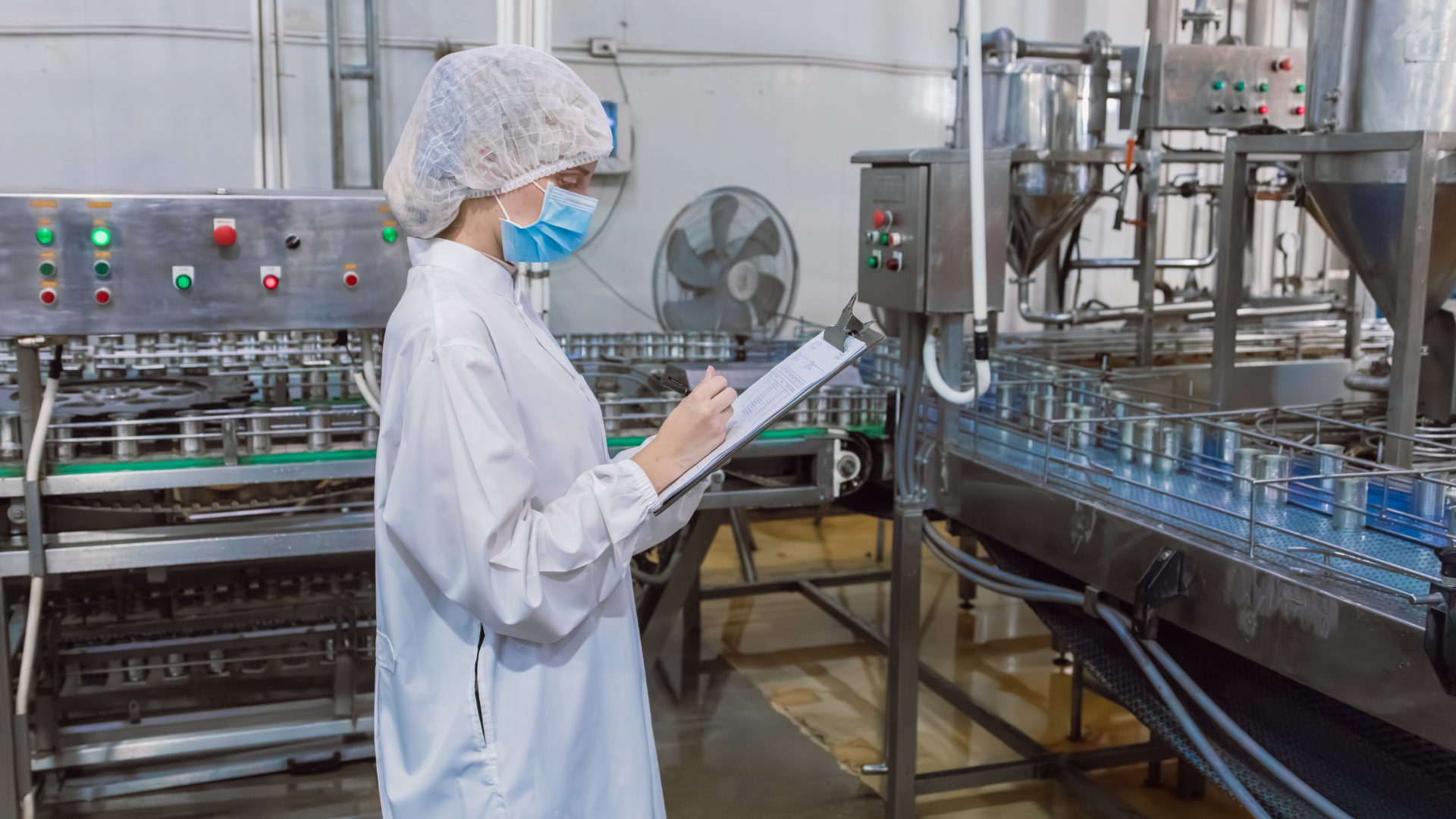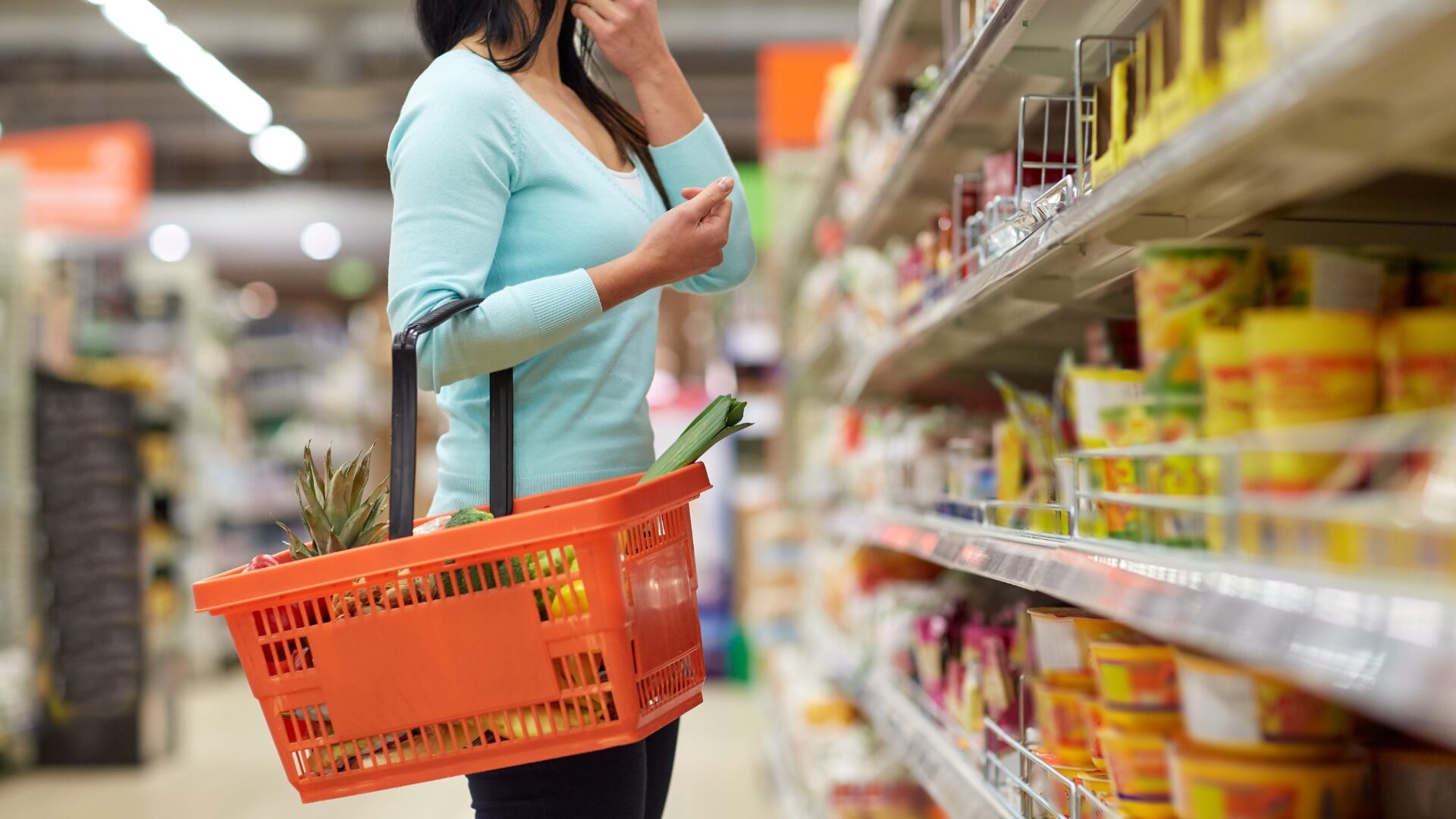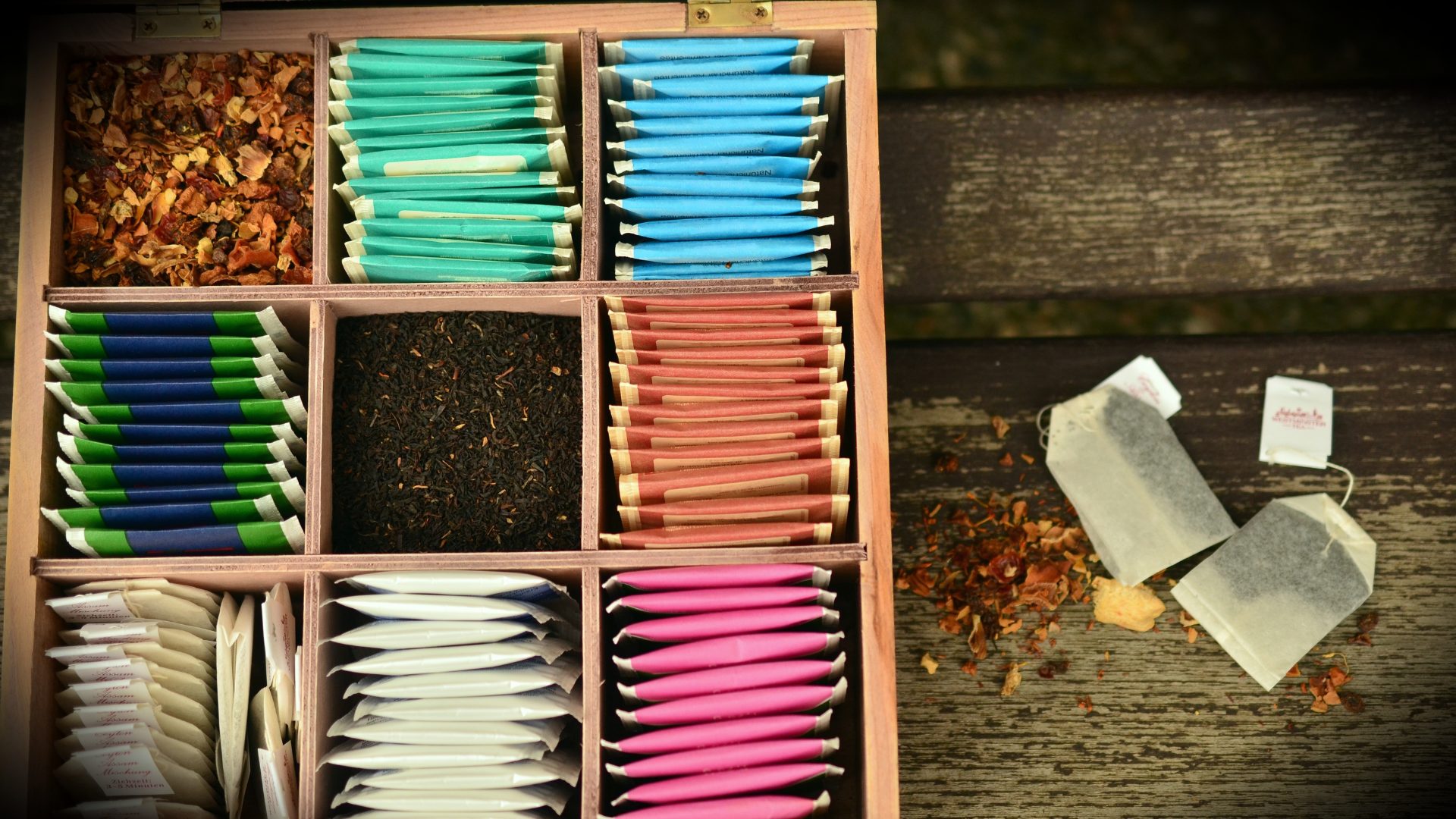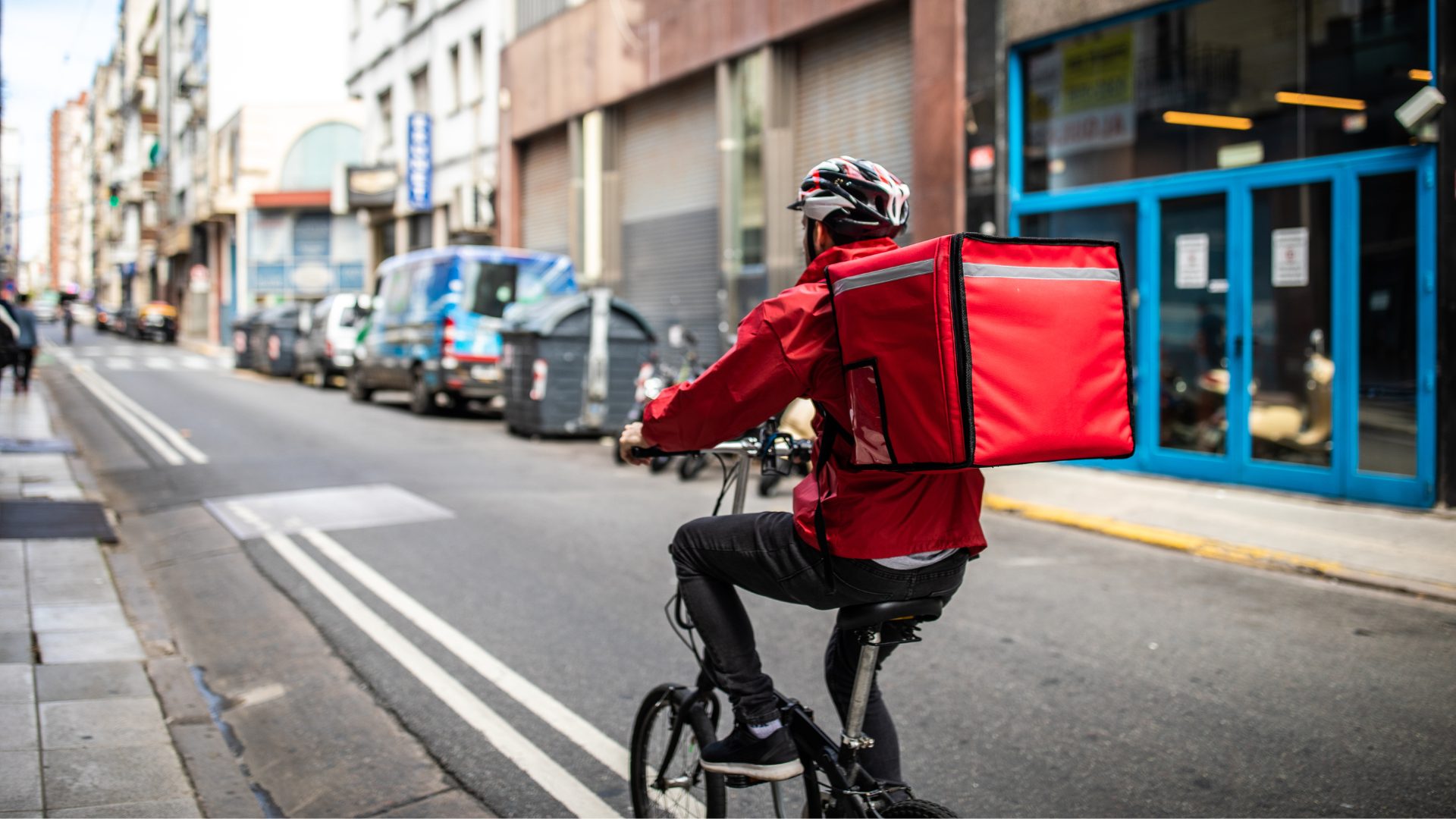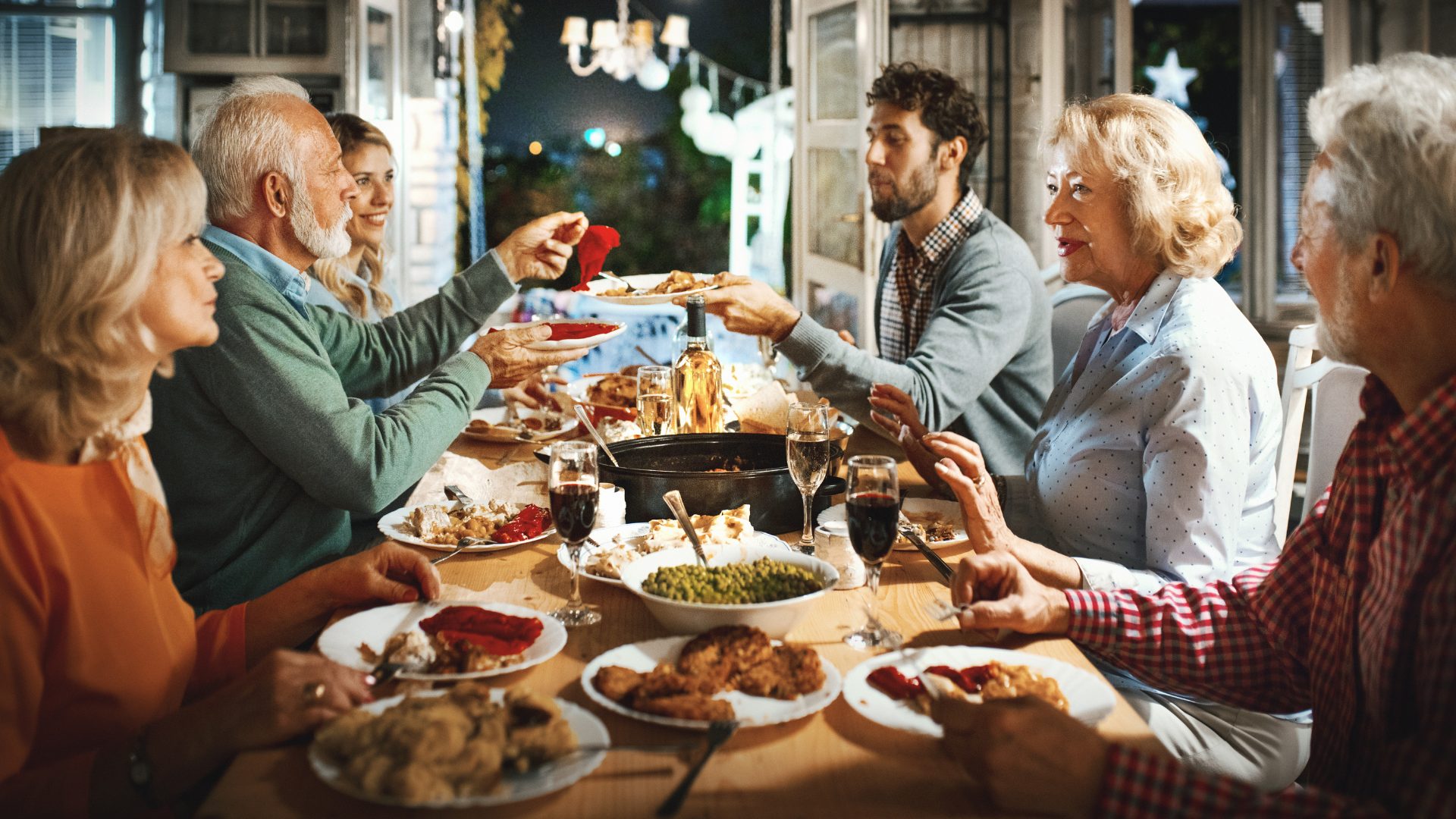As a complement to the “better for you, better for the planet” movement, plant-based packaging is steadily shifting from microtrend to mainstream.
An Innova Market Insights report cited by Packaging Insights found that plant-based packaging claims increased by 29% between July 2019 and June 2024. Additionally, the source highlighted some packaging standouts that play into the trend, including Califia Farms’ FSC-certified packaging that boasts a plant-based cap, top, and coatings made from sustainable sugarcane, Pomi Tomato Juice’s plant-based cap, and Fuzetea’s 95% plant-based and 5% aluminum packaging. These offerings are also recyclable.
The plant-based packaging market ended 2023 with a $5.36 billion market value and is projected to experience a compound annual growth rate (CAGR) of 9% between 2024-32, according to Global Market Insights. The main drivers include rising concern over the environment, government regulations related to plastics, and corporate sustainability projects.
Additionally, this growth is likely thanks to a broader shift towards sustainability in the industry, notes the report. Plant-based packaging often helps reduce environmental impact by delivering on recyclability, incorporating upcycled components, or leveraging other sustainable practices.
“The food and beverage industry is increasingly considering the impact that packaging has on sustainability,” Matthew Allen, senior director of food and sustainability advisory solutions at NSF, told The Food Institute. He expects this trend to grow: “In 2025, we can expect more food and beverage manufacturers to pursue packaging that is more environmentally friendly.”
Better-for-you snack brand founder Heather K. Terry told FI that the brand is noticing that brands today are focusing on sustainability, among other better-for-you microtrends. She noted how the acceleration of these trends is from consumers themselves, with sustainability gradually becoming an essential part of the consumer purchasing decision.
“Packaging innovations are pushing for 100% compostability,” Terry added.
Earlier this year, Keurig unveiled K-Round, a plastic-free, plant-based, and compostable coffee pod that promotes sustainability through its packaging design. The product’s biodegradable coating leverages alginate, usually derived from seaweed or algae.
The interest in plant-based packaging and sustainability has also led to recent innovations in the space that make it easier for brands to consider it a viable alternative to their conventional counterparts. Wegmans, for example, recently swapped its plastic foodservice packaging for a plant-based alternative. In a statement, they noted the crucial role science played in the decision.
“We had been exploring fiber-based packaging options for these products for some time, but nothing on the market could solve for the use case we had,” said Jason Wadsworth, Wegmans packaging, energy, and sustainability category merchant. “It wasn’t until recently that new innovation in fiber packaging made it possible for us to move away from plastic for these products.”
Looking toward the future of plant-based packaging, research needs to be made into innovations that address the products’ viability and relative costs.
“The raw materials used, such as bioplastics and other sustainable substances, typically cost more to produce and process,” found the Global Market Insights report. “These increased costs can be a significant barrier for businesses, particularly in price-sensitive markets.”
Although manufacturers may not yet be able to bring down the packaging cost, they can turn plant-based packaging components into their own value proposition. Recently, Nestlé unveiled an edible plant-based fork engineered for use with the India-based Maggi’s instant noodle offerings. The brand said the offering is part of an initiative to reduce packaging plastics while scaling reusable and refillable systems.
The maturing acceptance of plant-based packaging reflects an industry milestone that recognizes the industry’s efforts to align environmental stewardship and modern consumer values.
The Food Institute Podcast
Restaurant results for the second quarter weren’t stellar, but people still need to eat. Are they turning to their refrigerators, or are restaurants still on the menu for consumers? Circana Senior Vice President David Portalatin joined The Food Institute Podcast to discuss the makeup of the current restaurant customer amid a rising trend of home-centricity.






